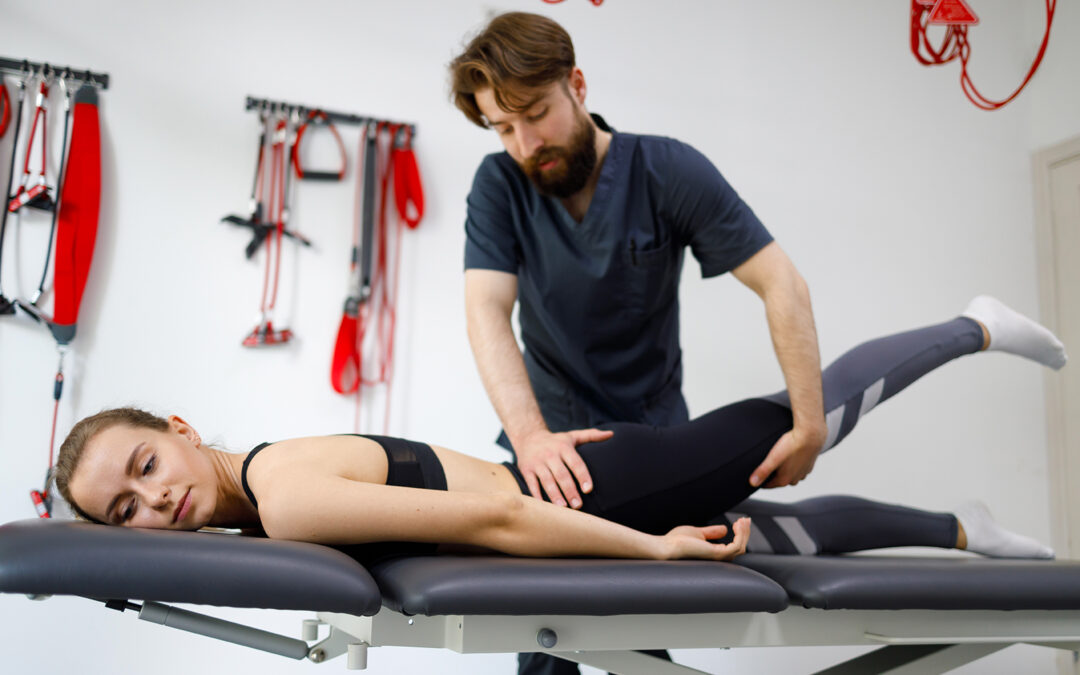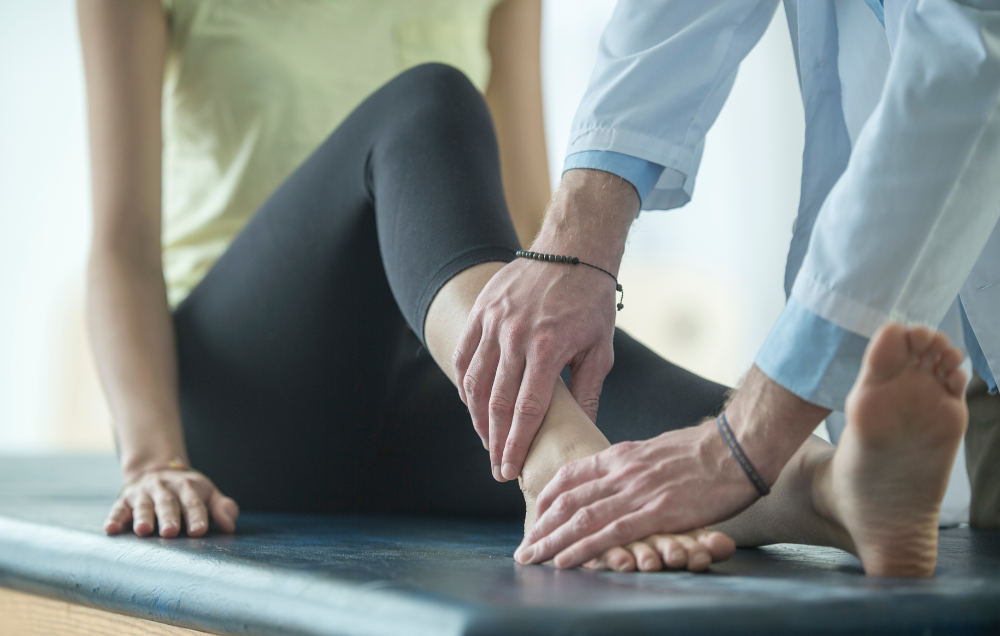Contents
The rotator cuff is part of the shoulder joint made up of a group of muscles and tendons. It holds the top part of your humerus in your shoulder socket. The rotator cuff is responsible for keeping your shoulder stable during movement. As well as the bones, muscles and tendons in the shoulder joint, there are also lubricating bursae, fluid-filled sacs that allow for the smooth movement of the shoulder.
How common are rotator cuff injuries?
Due to the repetitive motion called for by using your shoulder, it’s easy to see why it can be common for rotator cuff injuries to occur. The most common rotator cuff injuries are:
- Rotator cuff tears — A rotator cuff tear can happen suddenly due to an injury or over time due to overuse. A tear can be minor or major. Nearly 2 million Americans experience a rotator cuff tear each year.
- Bursitis — When the muscles and bones of the shoulder rub the bursae too much, it can cause inflammation and irritation of the bursae. This is known as bursitis.
- Tendinitis — The tendons of your shoulder can become irritated and swollen due to being pinched during shoulder movement; this is known as tendinitis.
- Impingement — When the rotator cuff muscles swell or cramp between the shoulder and upper arm bones, it can cause pinching and limit movement.
Who is at risk for rotator cuff injuries?
Rotator cuff injuries are common. This is because injuries are most often due to overuse and repetitive motions causing wear and tear of the rotator cuff. Accidents are also at fault for injuries.
Athletes such as tennis players, basketball players, rowers, pitchers, wrestlers and swimmers are more prone to rotator cuff injuries due to the repetitive motions of their sport. People with jobs that require repetitive lifting and motions, such as carpenters or painters, are also at risk.
How can rotator cuff pain affect your daily life?
It’s easy to take a pain-free life for granted. Your shoulders and arms help you in a number of ways throughout your day, and pain in your rotator cuff can have a drastic impact on your quality of life. If you are experiencing pain in your rotator cuff, you may have difficulty raising or moving your arm. It may prohibit you from picking up your child or grandchild, reaching up into a cabinet, or lifting anything to carry it. It may affect your ability to get restful sleep. You may also find yourself having difficulty getting dressed, combing your hair or brushing your teeth. Driving may even become a difficult task. You may find yourself wondering what you can do to get back to your pain-free life.
How can physical therapy help you with your rotator cuff pain?
You don’t have to be in pain forever. A physical therapist can help treat your rotator cuff pain. They can show you how to do exercises that can help give you pain relief and lead to improved strength and mobility. Exercises you are asked to perform may include:
- Pendulum — While leaning forward, place the hand of the uninjured arm on a counter or table for support. Allow your other arm to hang freely by your side. Gently swing the injured arm back and forth. Complete two sets of 10.
- Crossover arm stretch — Relax your shoulders and gently pull your injured arm across your chest, using your uninjured hand to hold and gently deepen the stretch. Hold the stretch for 30 seconds and repeat four times per arm.
- Sleeper stretch — Lying on your side on a firm and flat surface with your injured shoulder under you, bend your arm up in front of your face. Using your uninjured hand, gently press down your injured arm. Hold this stretch for 30 seconds, and then release.
- Standing row — This stretch requires an elastic exercise band to complete. Make a loop with the exercise band and attach it to a doorknob or other stable object. Stand with the band in your hand and your elbow bent and by your side. Keep your arm close to your side and slowly pull your elbow straight back. Slowly return to the starting position and repeat the motion. Complete three sets of eight.
- Elbow flexion — This stretch requires holding a light weight to get the best results of regaining strength. Stand tall and keep the elbow on your injured side close to your side. Hold the weight in your hand and slowly bring the weight up toward your shoulder. Pause and hold the stretch for a few seconds and slowly return your arm down to the starting position. Repeat the stretch to complete three sets of eight.
Lattimore PT can treat your rotator cuff injury
Our Lattimore PT expert physical therapists are ready to help you find relief from your rotator cuff pain. You shouldn’t suffer pain any longer than necessary. Our team of expert physical therapists will design an individualized plan to best help you work to find pain relief.
Contact our team today for more information or to schedule an initial appointment.



